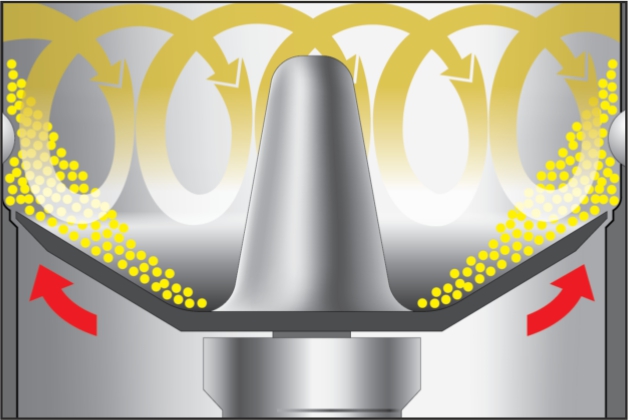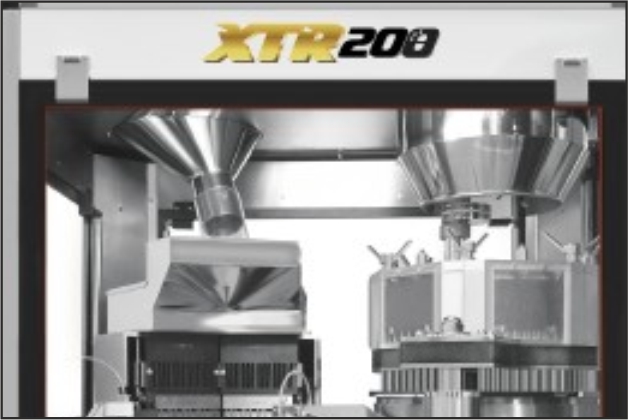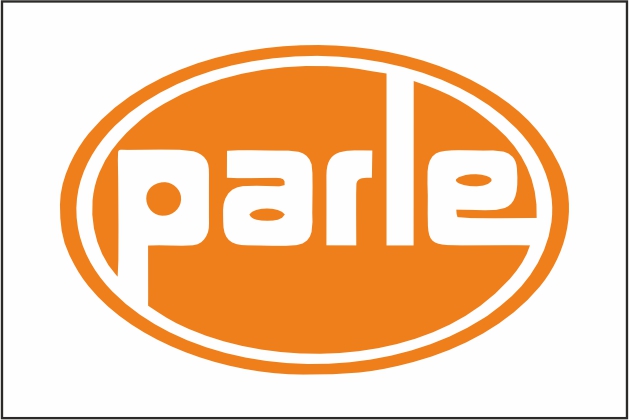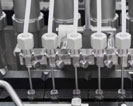Pharmaceutical Packaging & Labelling
Thoughts on Sustainability Drives

 By Prabir K Das
By Prabir K Das
In last 4-5 years the sustainability has become one of the major discussion points at almost every forum, especially during and after the pandemic across the globe. People have realised its criticality and importance during the challenging time, especially in pharma and healthcare industry.
The industry landscape has taken a new shape, prioritising sustainability initiative directly and / or indirectly. While many of the large business houses made it integral part of their strategy and budgeted with their available resources, relatively smaller organisations (MSMEs) are probably struggling with their limited resources to adopt such initiative.
 Sustainability has multiple segments to work upon for an overall impact to the business/industry and environmental/social ecosystem. The supply chain sustainability is part of business/industrial ecosystem, which ensures a continuous flow of all the essentials to the people. Medicines, medical devices and all related supports and services are covered under essentials and their availability should not get impacted under any circumstances. The entire ecosystem here needs to be integrated and synchronised with all the input suppliers, converters, carriers, dealers, distributors and dispensers for a smooth and efficient flow of goods and services to the end users.
Sustainability has multiple segments to work upon for an overall impact to the business/industry and environmental/social ecosystem. The supply chain sustainability is part of business/industrial ecosystem, which ensures a continuous flow of all the essentials to the people. Medicines, medical devices and all related supports and services are covered under essentials and their availability should not get impacted under any circumstances. The entire ecosystem here needs to be integrated and synchronised with all the input suppliers, converters, carriers, dealers, distributors and dispensers for a smooth and efficient flow of goods and services to the end users.
It is a well-known fact that no product can be delivered to the users without its packaging. Packaging and labelling is integral part of product and it is prudent to understand its role on pharma supply chain sustainability. With the advancement of technology, automation and digitization are being adopted to enhance effectiveness and efficiency of each operation and communication system, associated to supply chain management. It is proven that this is must to restore and sustain business continuity in the competitive environment.
Advanced functional features are now being captured on packaging and labelling to smoothen the flow of a product without losing its identity, efficacy and visibility. With this understanding at the backdrop, various actions are evolving to safeguard the patients’ interest through a seamless supply chain system.
Even though all sounds good so far, it is understood that members from the MSME sector of pharma industry is struggling to make a strategic move, probably due to inadequate infrastructure and limited resources. There is a passive yet critical role of the academicians, regulators and policy makers to take a deep dive to understand the situation and help such members to find simple and effective measures for their survival. Not all sustainability initiative requires high investment or regulatory hurdles to implement it. It requires brainstorming to identify the area which can improve the efficiency through optimisation and harmonisation.
There are few examples from packaging and labelling related area which can simplify the pack and the packaging operation and can reduce the process cycle time to improve supply chain efficiency:
1. Optimising primary packaging specifications without compromising product stability. Examples like reduction of container-closure volume/weight, downgauging forming/lidding material, reducing blister/strip size, multi-component pack to 1–2-component pack, multilayer composite structure to 1–2-layer structure, etc.
2. Simplifying secondary packaging by eliminating non-essential components. Examples like elimination of printed cartons for self-standing bottle packs, elimination of leaflet through digital version, replacement of spoon with measure cup (which can easily fit onto the closure without need of a carton), replacement of strong rigid container with relatively soft semi-rigid container (which can be pressed or squeezed), design change of dropper/dispenser (which can fit on the container mouth without need of a carton), etc.
3. Optimising tertiary level with minimum layers of packaging like use of banding/wrapping/bundling in place of an inner box or shipper, replacing rigid plastic drums with collapsible CFB or plastic shippers, use of single colour printed shipper or online printing on shipper can help elimination of additional label and labelling operation, designing shipper for optimum pallet volume utilisation, etc.
4. Standardisation of pack sizes, change parts, label sizes and label printing colours to reduce process cycle time, inclusion of digital features for online identification and verification, etc.
5. Harmonisation of pack variants and adopting automated linear operations to optimise productivity, harmonising specifications and STPs to improve testing efficiency, etc.
Many of these initiatives on running product-packs can yield good result to support and enhance supply chain efficiency either without additional investment or with minimal investment. It can be further boosted by adopting automation and digitisation with little higher investment. A few out-of-box innovative thoughts also can be attempted by changing the component and/or pack design. For example: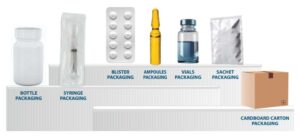
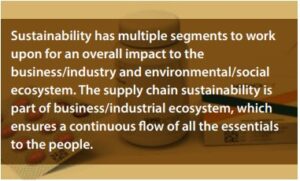
1) Most of the bottle packs are now induction sealed, which makes the pack not only leak-proof but also tamper-proof. The screw closure (containing the induction seal wad) can be modified to a simple snap-fit cap without having any threads. It can still hold the wad and can support easy induction sealing.
Elimination of threads on cap can reduce the height and material quantity from existing screw closure. It will also ease the process of product dispensing by the patients. The same concept can be extended further for making the cap child resistant/senior friendly with a design improvement. The 3-component closure can then be changed to a 2-component cap.
However, the neck profile of the bottles needs to be modified for perfect fitment of such cap and the closure applicator also need to be modified. This is actually a simplification and cost improvement initiative which indirectly supports sustainability (IP application is under preparation).
2) Majority of the labels are now self-adhesive sticker labels where a uniform continuous layer of adhesive is used for sticking the label on to the pack. The quantity of adhesive can be reduced by 10-25% by using a perfectly designed geometric pattern, without compromising its performance. This is also a cost improvement initiative and indirectly supports sustainability (IP application is under preparation).
Further brainstorming can generate some other opportunity areas which can support supply chain sustainability, directly and/or indirectly (connect directly on [email protected] for a better understanding). MSME members can take necessary assistance from experienced packaging professionals also to work on such initiatives.
Except in few cases, regulatory intervention is not needed and ideas can be converted into action through an internal evaluation. Cases like conversion of physical version to digital version of the pack insert for prescription medicines may require approval from regulatory agencies. Regulators also need to understand that a common person cannot make use of it without having knowledge on the medicine chemistry and its interaction within the body. It is more important for the doctors who prescribe it to the patients, knowing and understanding their ailment and physical and medical conditions. This can be managed well with a separate physician’s sample pack, which is different from the commercial pack.
Commercial packs can have the provision for accessing the pack insert in local/regional language through simple scanning of a 2D code or through a web link. This will not only eliminate the physical pack insert, but also will help to eliminate the carton in many cases. In fact, regulators should encourage to simplify the pack by eliminating non-essential part from it.
Maintaining strong database, seamless communication and clear visibility are also the improvement areas for enhancing supply chain efficiency.
A changed mindset is essential to cope up with the latest trends across the industry and adopt the simplest option to start with. Once the benefit is realised, other initiatives can be tried one after another with a proper plan. It is the need of the hour to sustain the business continuity and survive in the competitive environment.
About the Author
Prabir K Das is an alumnus from the very 1st batch PG students of Indian Institute of Packaging (1985 – 1987), Mumbai. He served the industry for over 36 years, majorly in Pharmaceutical Industry, including Ranbaxy aboratories and Mylan Laboratories. He had exposure in packaging design & development, technology transfer, artwork development & processing, packaging life cycle management, change management, automation, standardization & harmonization, process simplification cost & quality improvement, track & trace (serialization) project, vendor development, documentation and other activities associated to Packaging and Labelling.
Parle Exclusive
Articles
A Lean Approach, by Navdeep Singh Kathuria
To mitigate Regulatory Challenges in Aseptic Manufacturing, by Dr. Subrata Chakraborty
Thoughts on Sustainability Drives by Prabir K Das




